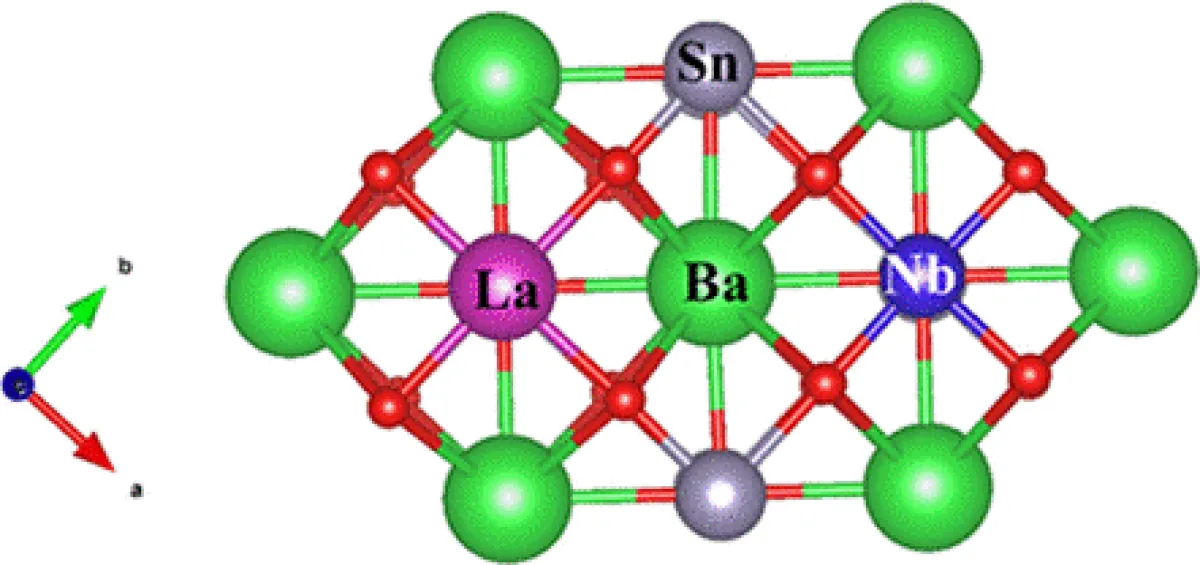Characterizing defect sites in functional materials and catalysts using Multidimensional Electron Paramagnetic Resonance
Students with an interest in instrumentation development can pursue coupling EPR platform in situ electrochemistry, in situ gas exchange and in situ light (Solar, UV, LED, laser) excitation, allowing operando characterization of defects and their evolution.
Research themes
Project status
Content navigation
About
Defect site engineering allows the development of next generation materials with new properties with applications in energy, defence, space and quantum computing. For rational design, the geometric and electronic structure of these sites need to be obtained. Detection of such sites within materials is often very challenging using crystallographic or X-ray spectroscopies owing to their low concentration. It’s here Electron Paramagnetic Resonance, a magnetic spectroscopy, and related double resonance techniques, offers a unique capability to quantify defects, provide an atomistic level description of structure, and correlate these properties to their function. Students with an interest in instrumentation development can pursue coupling EPR platform in situ electrochemistry, in situ gas exchange and in situ light (Solar, UV, LED, laser) excitation, allowing operando characterization of defects and their evolution.

